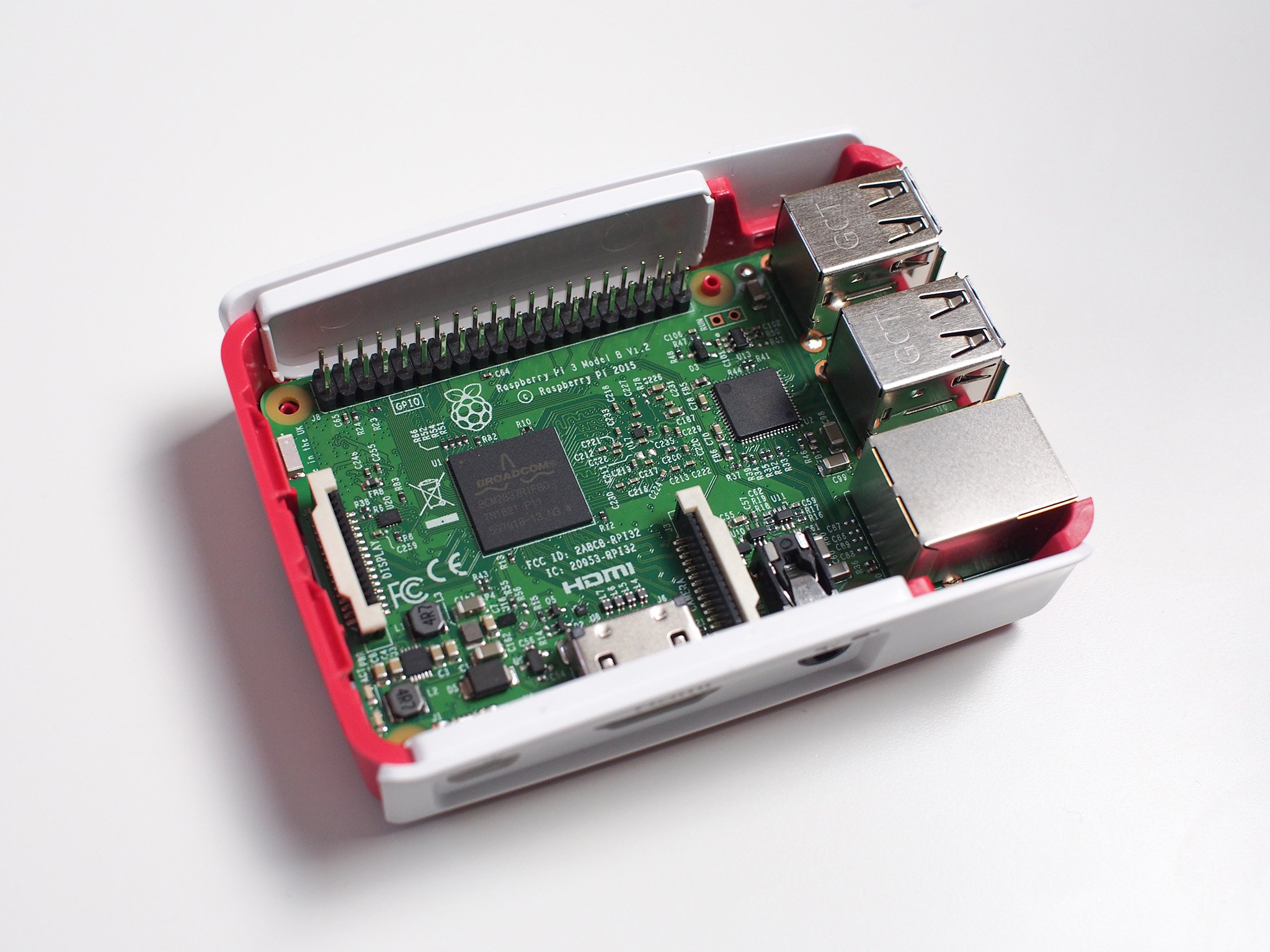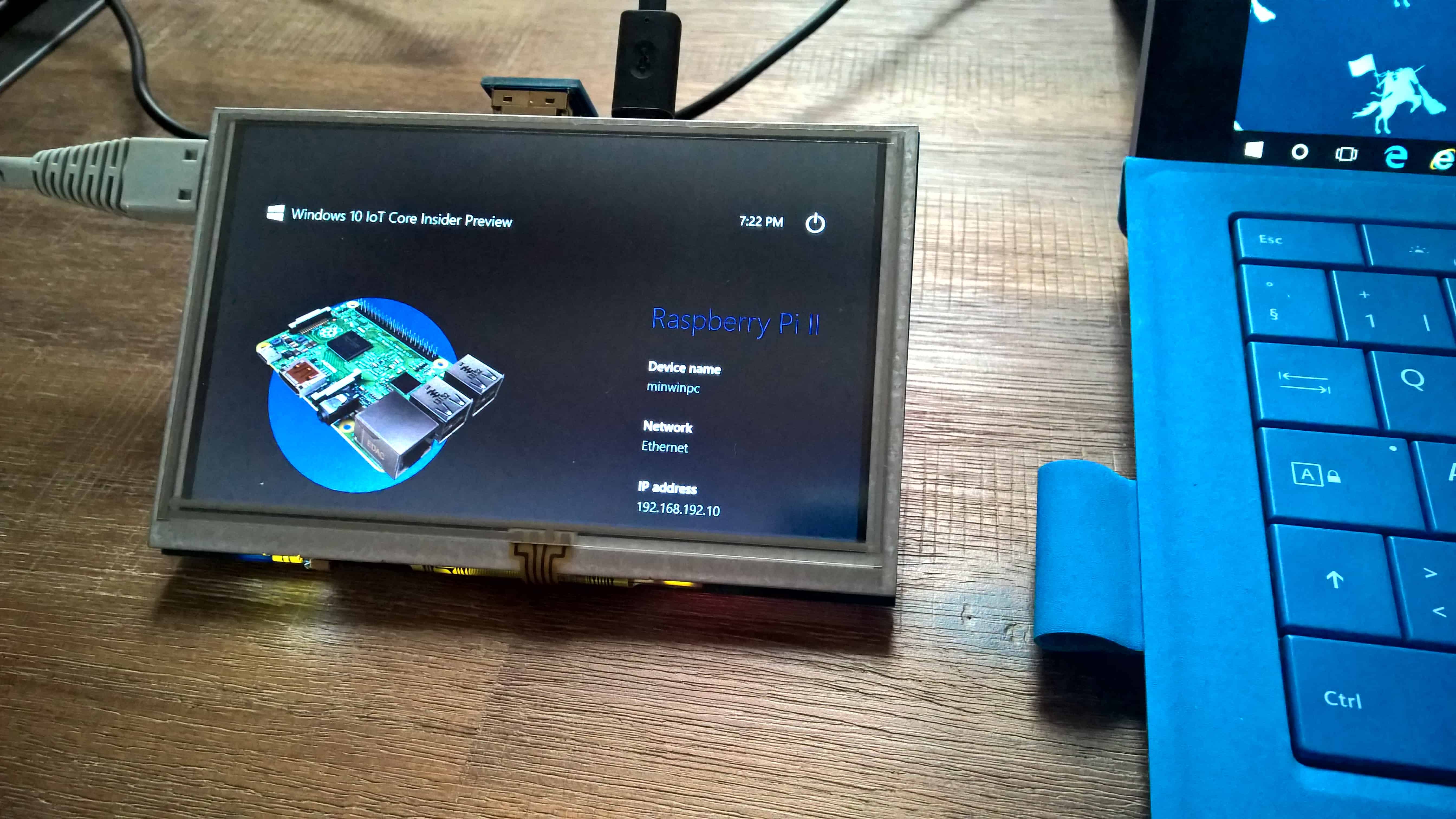SSH Remote IoT Raspberry Pi has become an essential tool for developers and hobbyists alike. If you're looking to control your Raspberry Pi remotely from a Windows device, you're in the right place. This comprehensive guide will walk you through everything you need to know about setting up SSH for IoT applications on your Raspberry Pi, including free downloads and step-by-step instructions.
In today's interconnected world, Internet of Things (IoT) applications are transforming the way we interact with technology. One of the most popular platforms for IoT enthusiasts is the Raspberry Pi, a versatile mini-computer capable of running a wide range of applications. By leveraging SSH (Secure Shell), users can remotely access and manage their Raspberry Pi devices securely and efficiently.
Whether you're a beginner exploring IoT projects or an experienced developer seeking advanced solutions, this guide provides practical insights and actionable advice. Let’s dive into the world of SSH Remote IoT Raspberry Pi for Windows and discover how it can enhance your projects.
Table of Contents
- Introduction to SSH and IoT Raspberry Pi
- Why Use SSH for Raspberry Pi IoT Projects?
- Step-by-Step Setup Guide
- Free SSH Software Options for Windows
- Configuring Raspberry Pi for SSH Access
- Security Tips for Remote IoT Connections
- Troubleshooting Common Issues
- Real-World Use Cases for SSH Remote IoT
- Optimizing SSH Performance for IoT
- Conclusion and Next Steps
Introduction to SSH and IoT Raspberry Pi
SSH (Secure Shell) is a network protocol designed to securely connect and manage remote devices. When combined with IoT platforms like the Raspberry Pi, SSH becomes an invaluable tool for developers who need to monitor and control their devices remotely. Whether you're working on home automation systems, environmental sensors, or industrial applications, SSH provides a reliable and secure method for remote access.
What Makes SSH Ideal for IoT?
SSH offers several advantages for IoT projects:
- Encryption: All data transmitted via SSH is encrypted, ensuring secure communication.
- Reliability: SSH connections are stable and can be maintained across different network conditions.
- Compatibility: SSH is compatible with a wide range of operating systems, including Windows, macOS, and Linux.
For Raspberry Pi users, SSH simplifies the process of managing and updating devices without the need for physical access.
Why Use SSH for Raspberry Pi IoT Projects?
SSH is a powerful tool for managing IoT devices like the Raspberry Pi. It allows users to execute commands, transfer files, and monitor system performance from any location with an internet connection. This level of flexibility is particularly beneficial for IoT projects, where devices may be deployed in remote or inaccessible locations.
Key Benefits of Using SSH for IoT
- Remote Access: SSH enables you to access your Raspberry Pi from anywhere in the world.
- Automation: You can automate tasks such as script execution and file transfers using SSH.
- Security: SSH uses encryption to protect your data from unauthorized access.
- Cost-Effective: With free SSH clients available for Windows, there’s no need for expensive software.
By leveraging SSH for IoT projects, you can streamline your workflow and focus on building innovative solutions.
Step-by-Step Setup Guide
Setting up SSH for your Raspberry Pi is a straightforward process. Follow these steps to get started:
- Install the latest version of Raspberry Pi OS on your device.
- Enable SSH on your Raspberry Pi by navigating to the
raspi-configutility. - Connect your Raspberry Pi to the same network as your Windows PC.
- Download and install an SSH client like PuTTY or Windows Terminal.
- Enter your Raspberry Pi's IP address in the SSH client and establish a connection.
Once connected, you can start managing your Raspberry Pi remotely using SSH.
Free SSH Software Options for Windows
There are several free SSH clients available for Windows users. Here are some of the most popular options:
1. PuTTY
PuTTY is a lightweight and widely-used SSH client for Windows. It offers a simple interface and supports various protocols, including SSH, Telnet, and Rlogin. Download PuTTY from the official website and follow the setup instructions to connect to your Raspberry Pi.
2. Windows Terminal
Windows Terminal is a modern terminal application that supports SSH connections. It’s included with Windows 10 and later versions, making it a convenient option for users who prefer built-in tools.
3. Bitvise SSH Client
Bitvise SSH Client offers advanced features like SFTP file transfer and port forwarding. While the free version is limited to non-commercial use, it’s a great option for hobbyists and small-scale projects.
Configuring Raspberry Pi for SSH Access
Before you can connect to your Raspberry Pi via SSH, you need to enable the SSH service. Here’s how:
- Boot your Raspberry Pi and log in using your credentials.
- Open the terminal and type
sudo raspi-config. - Select "Interfacing Options" and navigate to "SSH."
- Choose "Yes" to enable SSH and confirm your selection.
- Reboot your Raspberry Pi to apply the changes.
Once SSH is enabled, you can connect to your Raspberry Pi using its IP address and login credentials.
Security Tips for Remote IoT Connections
While SSH is a secure protocol, it’s important to take additional precautions when managing IoT devices remotely. Here are some security tips to keep your Raspberry Pi safe:
- Use strong, unique passwords for your Raspberry Pi account.
- Enable two-factor authentication (2FA) if supported by your SSH client.
- Regularly update your Raspberry Pi OS and installed software to patch vulnerabilities.
- Limit SSH access to trusted IP addresses using firewall rules.
- Consider using SSH keys instead of passwords for authentication.
By following these best practices, you can minimize the risk of unauthorized access to your IoT devices.
Troubleshooting Common Issues
Even with proper setup, issues can arise when using SSH for IoT projects. Here are some common problems and their solutions:
Problem: Unable to Connect to Raspberry Pi
Solution: Verify that SSH is enabled on your Raspberry Pi and ensure both devices are connected to the same network. Check the IP address and login credentials for accuracy.
Problem: Slow Connection Speed
Solution: Optimize your SSH settings by disabling compression and limiting bandwidth usage. You can also upgrade your network hardware for faster speeds.
Problem: Authentication Failed
Solution: Double-check your username and password. If you’re using SSH keys, ensure the correct key is configured on both devices.
Real-World Use Cases for SSH Remote IoT
SSH Remote IoT Raspberry Pi has countless applications in various industries. Here are some examples:
1. Home Automation
Control smart home devices such as lights, thermostats, and security systems using SSH. Automate routines and monitor system status from anywhere in the world.
2. Environmental Monitoring
Deploy Raspberry Pi sensors to collect data on temperature, humidity, and air quality. Use SSH to remotely access and analyze the data for scientific research or environmental projects.
3. Industrial Automation
Manage industrial machines and processes using SSH-connected Raspberry Pi devices. Monitor performance metrics and perform maintenance tasks without physical presence.
Optimizing SSH Performance for IoT
To get the most out of your SSH Remote IoT Raspberry Pi setup, consider the following optimization techniques:
- Use compression to reduce data transfer size and improve connection speed.
- Configure SSH to use a faster cipher algorithm like AES-128.
- Enable KeepAlive to maintain a stable connection during long sessions.
- Limit the number of concurrent connections to prevent overload.
By fine-tuning your SSH settings, you can achieve optimal performance for your IoT projects.
Conclusion and Next Steps
SSH Remote IoT Raspberry Pi offers a powerful and flexible solution for managing IoT devices remotely. By following the steps outlined in this guide, you can set up a secure and efficient SSH connection for your Raspberry Pi projects. Remember to prioritize security and regularly update your software to protect your devices from potential threats.
We encourage you to share your experiences and ask questions in the comments below. For more in-depth tutorials and tips, explore our other articles on IoT and Raspberry Pi. Together, let’s build a smarter, more connected world!


